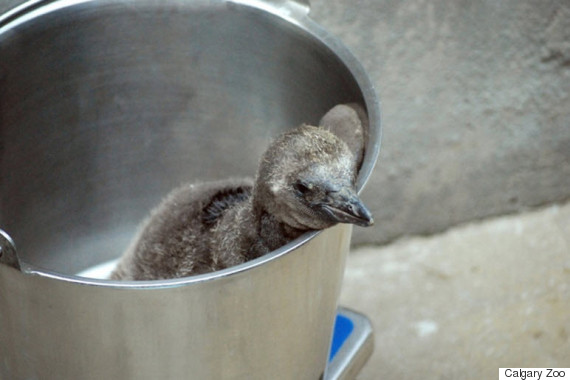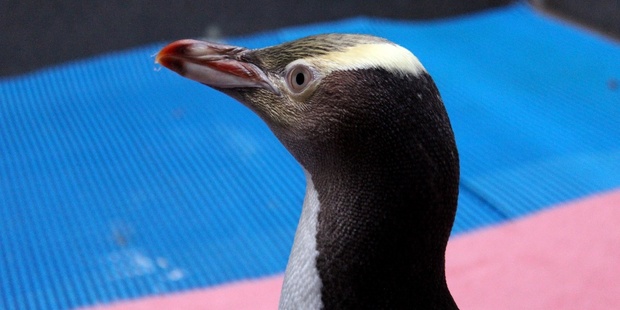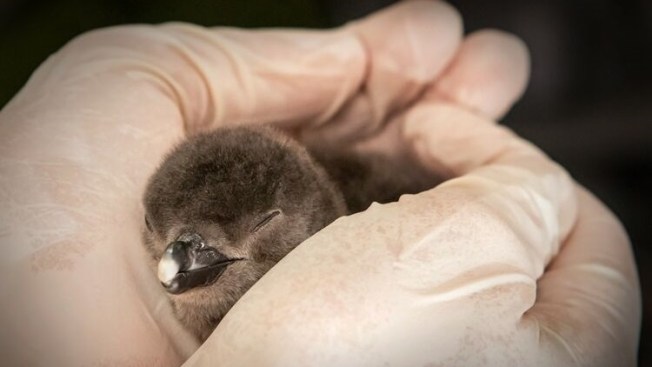Simon Lauder reported this story on Thursday, July 30, 2015
ELEANOR HALL: A wildlife researcher is raising the alarm about the spread of superbugs to wild animals.
The spread of antibiotic resistant bacteria is one of the world's most worrying health problems.
This
morning Dr Michelle Power from Macquarie University told an
international wildlife disease conference in Queensland that she's
uncovered evidence that antibiotic resistance is spreading beyond people
to wild animals, including the little penguins of Sydney Harbour.
Dr
Power has been telling our reporter Simon Lauder that her research is
another sign that superbugs could be impossible to contain.
MICHELLE
POWER: So we've looked at four different animals. One is penguins,
little penguins, the second one is the Australia sea lions which are
endangered. The third is brush-tailed rock wallabies and our fourth is
actually flying foxes.
SIMON LAUDER: Did you find all had antibiotic resistant bacteria in them?
MICHELLE
POWER: Not all of them. Flying foxes don't have antibiotic resistant
bacteria, but the Australia sea lions, the little penguin and also the
brush-tailed rock wallabies do.
SIMON LAUDER: What kind of prevalence are you talking about?
MICHELLE
POWER: The prevalence is fairly low. In wild colonies, we don't tend to
see it too much, but it's more in captive colonies where you have that
increased interaction with humans which is where the antibiotic
resistance is likely to come from and so it can range from as little as
10 per cent up to about 40 per cent, 45 per cent.
SIMON LAUDER: I understand you did find some antibiotic resistance in some wild colonies of little penguins?
MICHELLE
POWER: We did. That was a pilot study. We detected resistance in three
of about 20 animals, but it's early days for that little colony and so
yes, so that was the one in Sydney Harbour over in Manly.
SIMON
LAUDER: And obviously the little penguins in Sydney Harbour wouldn't be
taking antibiotics so where are they getting their resistance from?
MICHELLE
POWER: Okay, so essentially the machinery that causes antibiotic
resistance or is responsible for antibiotic resistance in many bacteria
is actually quite common in healthy humans, not only sick people, and
it's excreted into sewerage via faeces and wastewater and then the
mechanisms can make their way into the environment essentially.
SIMON LAUDER: So is that people who have antibiotic resistance and then their waste ends up in the harbour?
MICHELLE
POWER: Pretty much, yes. The DNA elements or the machinery aren't
actually broken down through the sewage processes so it's the DNA
elements that can end up in the harbour and also bacteria also from
wastewater runoff from domestic animals as well.
SIMON LAUDER:
The spread of superbugs worldwide is a massive problem. What does your
research tell us about the hopes of containing that spread?
MICHELLE
POWER: Well, I guess essentially one of the issues with the spread of
antibiotic resistance is that is a four way mechanism. So we have
antibiotic resistance that's quite common and that it has been selected
for in humans.
Humans are then contaminating or polluting the
environment through various sources but resistance is also now present
in production animals and domestic animals, so essentially when their
faeces is making the way into the environment, or their poo into the
environment, they're distribution of bacteria are also.
So
essentially what we're trying to do is to understand how bacteria and
antibiotic resistance is moving between that interface - humans,
domestic animals and wildlife - and how we can control transmission and
understand it from a one health perspective instead of one of those
corners alones.
SIMON LAUDER: So presumably wild animals can now pass this resistance among themselves as well?
MICHELLE
POWER: Yes, exactly so when we're potentially intervention it or trying
to recover or conserve animals, if they've been in an environment where
they've picked up antibiotic resistance and they're released into an
environment where there's wild animals, they can potentially pass.
But this is an area of study that we don't actually understand and that's something we're also looking at.
So what's the fate of these mechanisms when they do make their way out into the wild?
SIMON
LAUDER: What are your concerns about the implications for this finding,
for that great world health problem of antibiotic resistance?
MICHELLE
POWER: The biggest concern is that essentially that machinery that
causes antibiotic resistance are passing through lots of different
animals, including humans, then back into the environment and when
they're in the environment they can actually get more super powers and
pick up different genes that may also given them the ability to resist
multiple antibiotics and then they can make their way back again after
going through the environment, back into humans or the hosts.
So you can have this amplification of resistance essentially.
So
that's one of the biggest concerns I think and obviously control as
well into the future if we continue to have this emergence.
ELEANOR
HALL: That's Dr Michelle Power from Macquarie University, speaking at
the International Wildlife Diseases conference in Queensland and to our
reporter, Simon Lauder
source 






 Dunedin is known for the bird made famous by The Rime of the Ancient Mariner, the albatross.
Dunedin is known for the bird made famous by The Rime of the Ancient Mariner, the albatross.






































